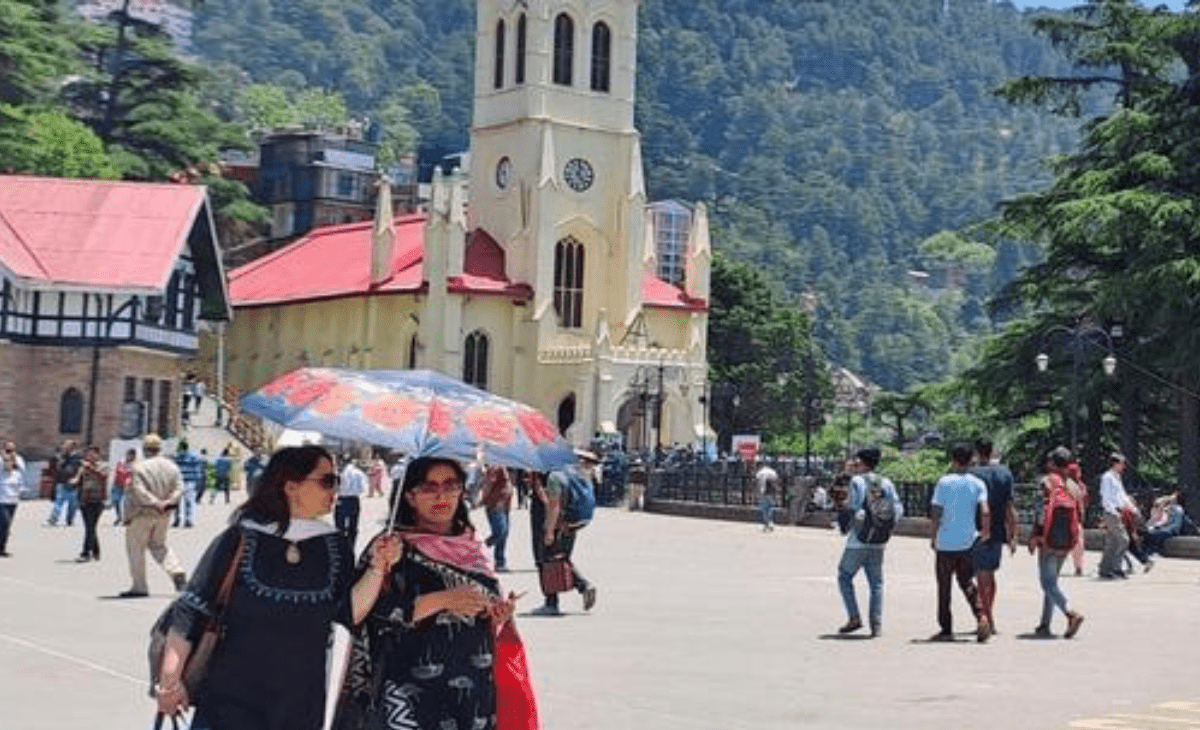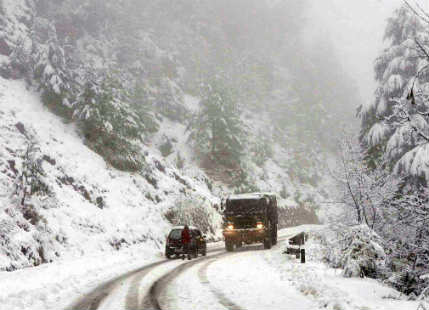Munish Sood
MANDI: Tourist traffic, rising emissions and climate shifts combine to push Himalayan states toward an environmental crisis.
The cool comfort once associated with Himachal Pradesh’s hills is fast becoming a memory. From Shimla to Manali, and Dharamshala to Kasauli, a punishing summer is scorching the region, challenging both locals and the environment in unprecedented ways.
Over the past week, Himachal Pradesh has recorded some of its highest temperatures of the season. Una sizzled at 42.4°C, while Kangra hit 40.4°C and Bilaspur touched 40.1°C. Even traditionally cooler towns like Manali (30.5°C) and Shimla (29°C) have been reporting temperatures 3-4°C above normal. According to the India Meteorological Department (IMD), heat levels in the region are expected to rise further by 2–3°C in the coming days.
But it’s not just about the numbers—it’s about the consequences.
A climate that’s no longer friendly
Locals say they’ve never experienced such harsh summers in the hills. “Even in early June, we never needed fans in Shimla. This year, ceiling fans and even air coolers are selling fast,” says Ravi Thakur, an electronics store owner in Lakkar Bazaar.
Environmentalists are raising alarms. “The Himalayas are warming faster than the global average,” says a climate researcher from Palampur-based G.B. Pant Institute. “It’s no longer just the plains suffering from heatwaves. Our mountains are feeling the heat too—literally.”
Tourist surge: Cool getaways turning hotbeds
As the plains of Delhi, Punjab, Haryana, and Uttar Pradesh endure temperatures hovering around 45–47°C, lakhs of tourists are flooding Himachal in search of respite. However, their very presence is aggravating the problem.
Overcrowded hill towns, long traffic jams on narrow roads, and idling vehicles spewing carbon dioxide have become a daily affair. In some areas, traffic snarl-ups stretch up to 10 km. Environmentalists warn that each vehicle idling for one hour emits about 2.3 kg of carbon dioxide, turning these mountain roads into belts of invisible pollution.
“Our roads aren’t built for this kind of load,” says a senior Himachal Transport Officer. “Even off-season towns are now seeing peak-season chaos. It’s hurting tourism infrastructure and the environment alike.”
Heat and dryness are creating the perfect storm. Over 2,700 forest fires have been reported in Himachal so far this year, destroying more than 23,000 hectares of forest cover, as per state forest department data.
“There’s no moisture in the soil or the trees. Even a small spark from a bidi or a plastic bottle magnifying sunlight can start a blaze,” says a forest guard from Mandi district. “Earlier, these fires would be seasonal. Now, they’re year-round threats.”
Meanwhile, traditional water sources are running dry. “Our village spring dried up in May itself. We’re now dependent on tankers,” says Meena Devi from a small village near Chamba. Spring rejuvenation projects are ongoing but far from sufficient.





